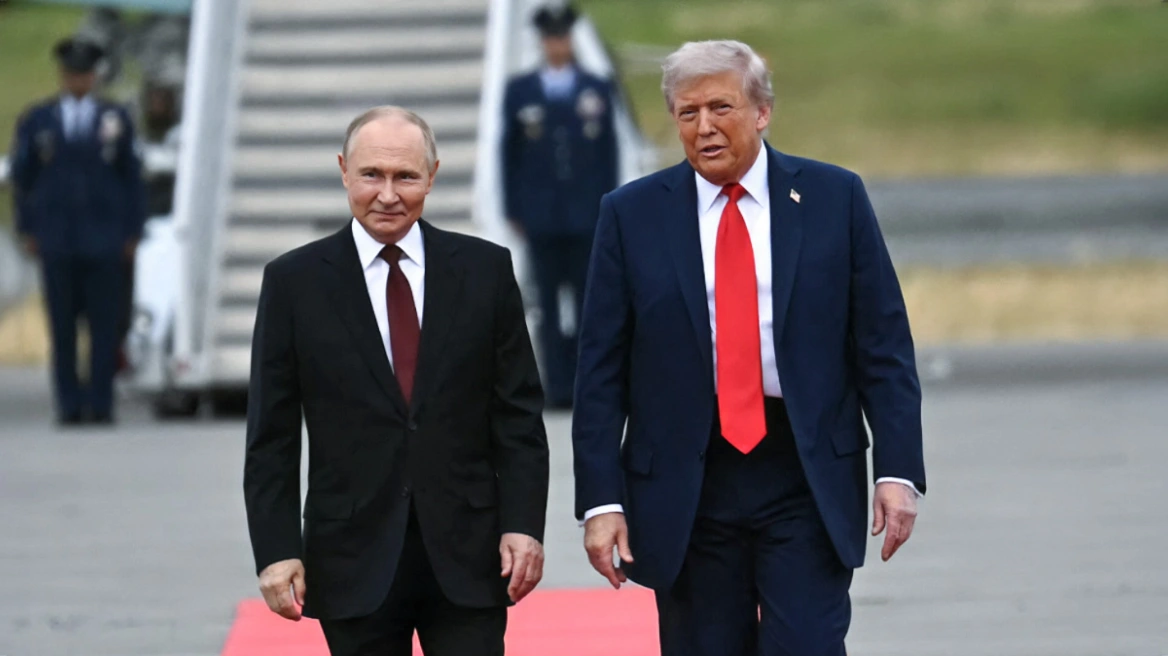Europe is embarking on an expensive and politically charged effort to develop a new combat jet that will shape the future of the European fighter industry and its three existing programs – Eurofighter, France’s Rafale and Sweden’s Gripen.
Two people with direct knowledge of the matter told Reuters early talks had started on whether and how European countries could co-operate on a new sixth-generation fighter, which could involve a combination of manned and unmanned systems.
Though complicated by Britain’s decision to leave the European Union, business executives and politicians at the Paris Airshow this week said U.S. President Donald Trump’s cooler stance toward Europe had given the effort some fresh momentum.
But they warned of massive hurdles, including bickering among European states and companies, the troubled history of past joint projects such as the A400M military transport plane, and the sheer cost of developing advanced military aircraft.
Any project is likely to cost far more than the 10 billion-plus euros sunk into the Eurofighter, the last joint fighter built, at a time when Europe is grappling with other expensive problems such as increased Islamist militancy and the influx of well over a million migrants from the Middle East and Africa.
Yet EU politicians are determined to increase cooperation on defense and security, and wary of effectively leaving the fighter jet market to the United States.
“It’s the same with food. Some things you have to be able to do yourself,” Monika Hohlmeier, a German member of the European Parliament and chair of the parliament’s Sky & Space Intergroup, told Reuters during a visit to the A400M at the air show.
Germany, which has begun early work on a next-generation fighter, last month asked the United States for a classified briefing on the U.S. F-35 stealth fighter built by Lockheed Martin Corp (LMT.N), as it prepares for a more intense look at fighter options after the Sept. 24 election.
The F-35, which showed off its moves during its premiere at the Paris show, is being bought in Europe by Britain, Italy, the Netherlands, Denmark, Norway, Belgium and Turkey. Finland, Switzerland and Spain have also expressed interest.
Buying the F-35 would help improve Germany’s ability to fight with key allies, but could prove politically difficult in a country with strong labor unions eager to safeguard jobs.
Corporate rivalries add another level of complexity.
CORPORATE BATTLELINES
“We are already working on the Next Generation Weapon System, which has been initiated by Germany but with strong interest from Spain and other nations, as part of a bigger concept of future combat systems including unmanned aircraft,” Fernando Alonso, head of military aircraft at Airbus (AIR.PA), told a briefing ahead of the Paris Airshow.
“And I very much hope that we will see France involved in that because it is clearly very much in all our interest to see a common solution,” he added.
Airbus represents Germany and Spain in the maturing Eurofighter program, which also includes Britain through BAE Systems (BAES.L) and Italy via Leonardo (LDOF.MI).
France, however, dropped out of that project early on due to disagreements over the sharing out of work, with its Dassault Aviation (DAST.PA) going on to develop the Rafale fighter jet.
Airbus is pressing Dassault to join in this time instead of forcing Britain to choose a preferred continental partner.
It is also unclear what role, if any, Sweden’s SAAB (SAABb.ST) might play. SAAB builds the Gripen fighter, which is in use in Sweden, South Africa and Hungary, among others.
One French diplomat said it was clear no one European nation could develop a new combat jet in the current environment. “Those days are over. Period,” the diplomat said.
Even the United States’ F-35 was developed with funds from Britain and other countries.
Volker Thum, managing director of the German Aerospace Industries Association, said Franco-German cooperation was a “key driver for the urgently needed agreement” on the project. He said new President Emmanuel Macron’s arrival at the air show on an A400M signaled his commitment to European cooperation.
Airbus’s Alonso said this month that upgrades and modernization would keep the Eurofighter flying into the 2040s, and possibly longer, but older warplanes like the pan-European Tornado and Spain’s F/A-18s would soon need to be replaced, with buyers likely to want the latest technology and capabilities.
Given the costs and timescale involved, aerospace analyst Richard Aboulafia said the need to get started on “an indigenous homegrown alternative to the F-35” was one of the biggest defense issues facing Europe.
But Brexit and disagreements among remaining EU members made him skeptical. “The odds are they probably won’t get their act together,” he said, citing historical angst about military issues in Germany, Europe’s largest economy, and Britain’s increasing focus on U.S. ties.
Ask me anything
Explore related questions





